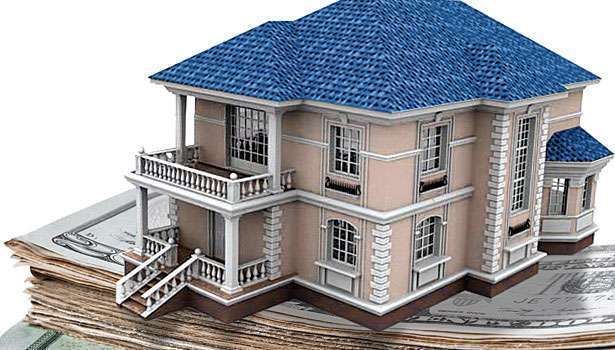- 877-735-0800
- Home
- Products
- Site Pollution Liability
- Commercial Real-Estate
- Highly Protected Risk (ARMR HPR 3.0™)
- Wetland Financial Assurance
- Conservation, Controlled Burns, and Wild Fire Risks
- Mergers and Acquisitions
- Environmental Insurance For Manufacturers, Haulers, Recyclers, and More!
- Property and Casualty Unit
- Restoration Contractor Business Insurance
- Farm Environmental Insurance Program
- Environmental Insurance for Above Ground and Underground Storage Tanks
- Contaminated Dryall
- Cyber Insurance
- Lead Safe Renovation Contractors and Property Owners
- COVID-19
- About Us
- Applications
- Resources
- Contact Us
- Portal
- Home
- Products
- Site Pollution Liability
- Commercial Real-Estate
- Highly Protected Risk (ARMR HPR 3.0™)
- Wetland Financial Assurance
- Conservation, Controlled Burns, and Wild Fire Risks
- Mergers and Acquisitions
- Environmental Insurance For Manufacturers, Haulers, Recyclers, and More!
- Property and Casualty Unit
- Restoration Contractor Business Insurance
- Farm Environmental Insurance Program
- Environmental Insurance for Above Ground and Underground Storage Tanks
- Contaminated Dryall
- Cyber Insurance
- Lead Safe Renovation Contractors and Property Owners
- COVID-19
- About Us
- Applications
- Resources
- Contact Us
- Portal
© 2025 American Risk Mangement Resources Network, LLC
Produ
© 2025 American Risk Mangement Resources Network, LLC. All Rights Reserved. 877-735-0800



Comments are closed